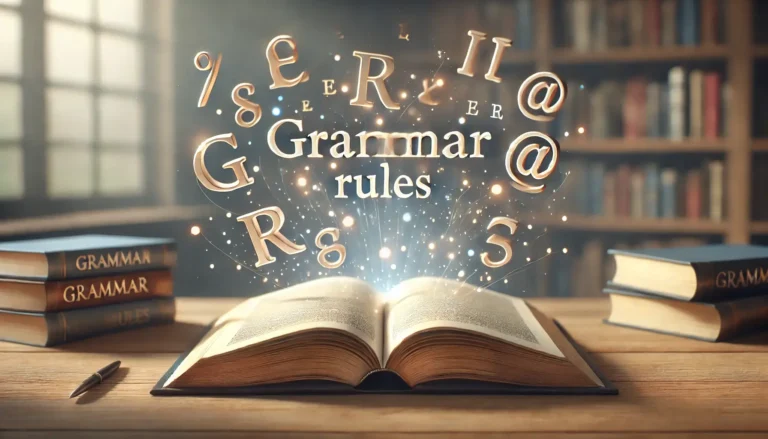Phrases are a fundamental building block of sentences in the English language. Unlike clauses, phrases do not contain both a subject and a predicate, and therefore, they cannot stand alone as complete sentences.
Instead, phrases function as units within a sentence, adding detail, context, or description. Understanding phrases is essential for constructing clear and effective sentences, as they help to convey specific meanings and provide additional information about the actions, objects, and people in a sentence.
Defining Phrases
A phrase is a group of words that work together to perform a specific function in a sentence. A phrase lacks a subject-predicate combination and cannot express a complete thought on its own.
It typically functions as a part of speech, such as a noun, verb, adjective, adverb, or preposition, within a sentence. For example, in the sentence “The boy with the blue hat is my friend,” the phrase “with the blue hat” provides additional information about “the boy” but cannot stand alone as a sentence.
Uses of Phrases
Phrases serve various purposes in sentence construction, helping to:
- Add Detail and Description: Phrases can provide additional information about a noun, verb, or other parts of a sentence, making the meaning clearer or more specific.
- Modify Other Words: Phrases can act as modifiers, altering or refining the meaning of a noun, verb, or adjective.
- Express Time, Place, or Manner: Prepositional phrases, for example, often indicate when, where, or how something happens.
- Form Complex Sentences: Phrases help to create complex sentence structures by combining ideas in a cohesive and logical manner.
Types of Phrases
Phrases can be categorized into different types based on their function and the part of speech they are associated with:
Noun Phrase: A noun phrase includes a noun and its modifiers. It functions as a noun in the sentence.
Example: “The quick brown fox”
Verb Phrase: A verb phrase consists of the main verb and any auxiliary (helping) verbs. It functions as the action or state of being in the sentence.
Example: “is running quickly”
Adjective Phrase: An adjective phrase includes an adjective and its modifiers. It describes a noun or pronoun in the sentence.
Example: “extremely tall”
Adverb Phrase: An adverb phrase includes an adverb and its modifiers. It describes a verb, adjective, or another adverb.
Example: “very carefully”
Prepositional Phrase: A prepositional phrase begins with a preposition and ends with the object of the preposition. It often provides information about time, place, or direction.
Example: “in the park”
Gerund Phrase: A gerund phrase begins with a gerund (a verb form ending in -ing that functions as a noun) and includes any modifiers or objects.
Example: “Swimming in the ocean”
Infinitive Phrase: An infinitive phrase begins with an infinitive (to + base form of the verb) and includes any modifiers or objects.
Example: “to read a book”
Participial Phrase: A participial phrase begins with a present or past participle and functions as an adjective.
Example: “Running down the street”
Understanding these different types of phrases allows for more precise and varied sentence structures, leading to clearer and more effective communication.
Conclusion
Phrases are essential components of sentence structure that contribute to the richness and clarity of language. By understanding how phrases function and recognizing the various types, one can enhance both written and spoken communication.
Phrases allow for the addition of detail, complexity, and nuance without the need for complete sentences. Mastery of phrases not only improves grammatical accuracy but also enables more dynamic and expressive language use.
Whether constructing simple sentences or complex narratives, the effective use of phrases is a vital skill in achieving clear and impactful communication.







